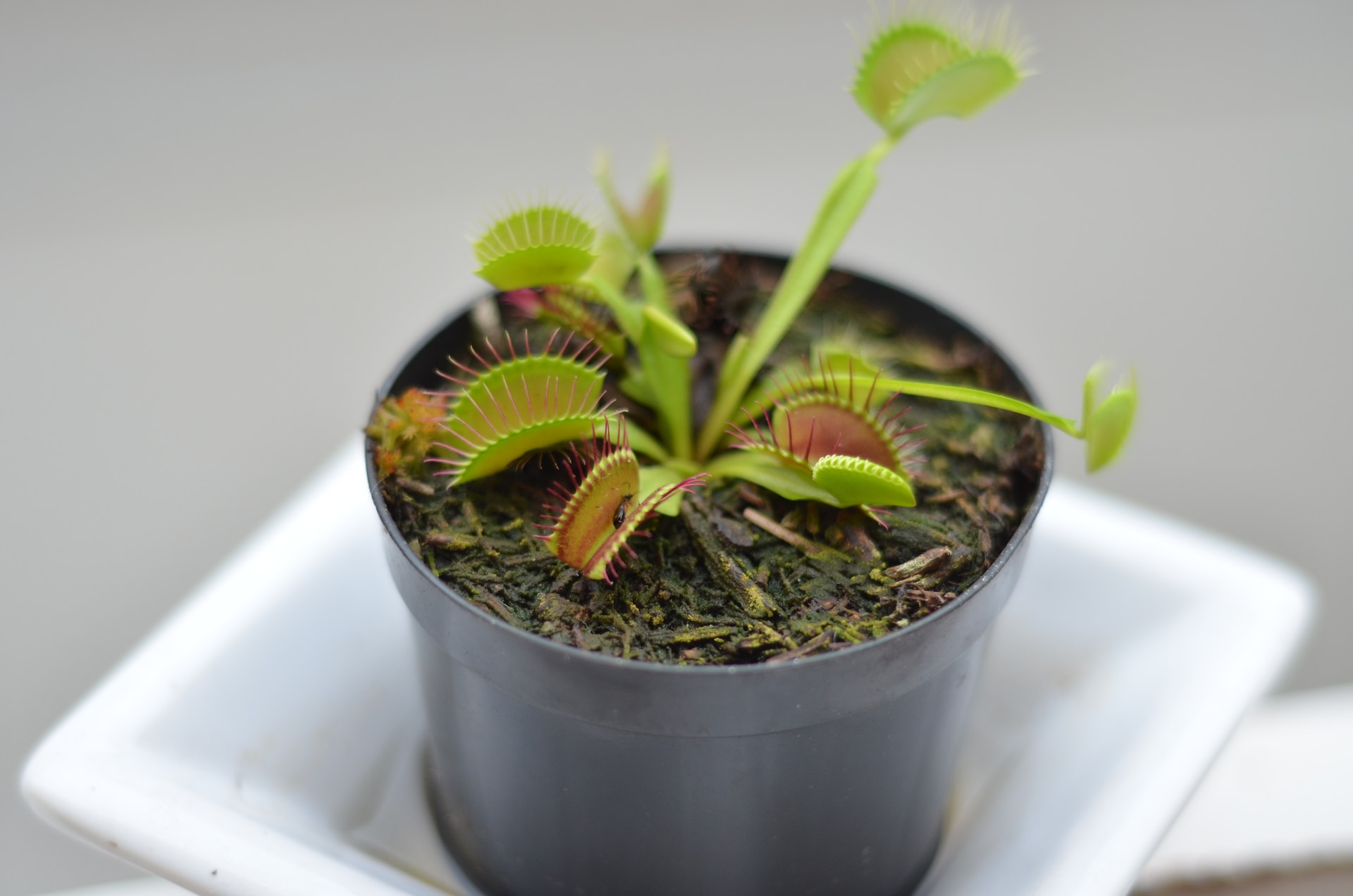Gardening has always been a rewarding hobby. There’s something magical about watching your little green spaces grow and thrive. But what if you could expand your botanical boundaries and grow exotic plants right in your home? With Nutrient Film Technique (NFT) systems, you can elevate your green thumb skills and create miniature jungles showcasing plants from around the world. This hydroponic method allows for a fascinating array of unique plants to flourish, some of which you may never have considered before.
Venus Flytrap
First on our list is the iconic Venus Flytrap. Native to subtropical wetlands on the East Coast of the United States, this intriguing carnivorous plant has been successfully grown in hydroponic systems, as documented on the Urban Vertical Project. Their system allows the Venus Flytrap to receive all the nutrients it needs, sans soil, proving this fascinating plant can be grown hydroponically. Their unique jaw-like leaves that snap shut on unsuspecting insects are a unique spectacle, and they double as an organic insect control method!
Tumeric
Turmeric is not just a spice for your curry, it’s a plant you can grow hydroponically. This tropical perennial plant, native to Southeast Asia, is known for its vibrant yellow-orange spice commonly used in cooking and medicine. Growing turmeric hydroponically presents its challenges, primarily being its requirement for high humidity, but it’s entirely possible. And if you like the idea of having fresh turmeric ready to use in your kitchen, it’s definitely worth the effort.
Wasabi
Did you know you could grow your own wasabi plant? Yes, that spicy green paste that pairs so well with sushi can be grown in an NFT system. It’s a notoriously tricky plant to cultivate, typically thriving only in the river valleys of Japan. But with some persistence and care, you can experience your own fresh wasabi harvest. Give it slightly acidic water and keep it at a consistent, cool temperature to increase your success.
Dragon Fruit
August brings us the tropical and eye-catching dragon fruit. Growth in an NFT system can be a bit challenging due to the plant’s liking for high heat, but that’s what makes gardening interesting! With the right setup, like those outlined on Pure Hydroponics, you can successfully grow this extraordinary and delicious fruit. Tips on how to reduce heat stress in tropical greenhouses are highly applicable to dragon fruit cultivation and can ensure your NFT system is a success.
Aristolochia
Aristolochia, also known as Dutchman’s Pipe, is an unusual flowering plant known for its peculiar design and distinct growth habits. In an NFT setup, this fantastical looking plant can grow quite happily, bringing a touch of exoticism to your indoor garden. Aristolochia flowers have evolved to attract pollinators in rather unusual ways, an occurrence that would certainly make for interesting observation.
Ghost Plant
The Ghost Plant is a succulent that thrives in a minimalist NFT environment. Its simplified plans for survival – sun, water, nutrient solution make it a straightforward and rewarding plant to grow hydroponically. The ghost plant’s survival-oriented nature makes it an excellent entry point into the world of indoor hydroponics, as mentioned on Planterhoma. With its seductive pearl-like foliage, this plant can complement any indoor green space.
Vanilla Orchid
Finally, the highly prized Vanilla Orchid, from which vanilla beans are harvested, is another exotic plant that you can grow in an NFT system. This plant climbs up an aerial support and can grow up to 30 feet high in its tropical native habitat. But with a bit of nurture and care, it can be kept manageable indoors and will reward you with a nondescript flower which, once pollinated, gives birth to the deliciously fragranced vanilla pod.
So, there you have it. With an NFT system, you can dabble in something a bit more exotic and transform your living space into a lush wonder. It’s all about experimentation, learning as you go, and delighting in the beauty and complexity of nature’s flora. Even if you don’t have a traditional outdoor garden, you can have a piece of the splendid botanical world in your own home.

